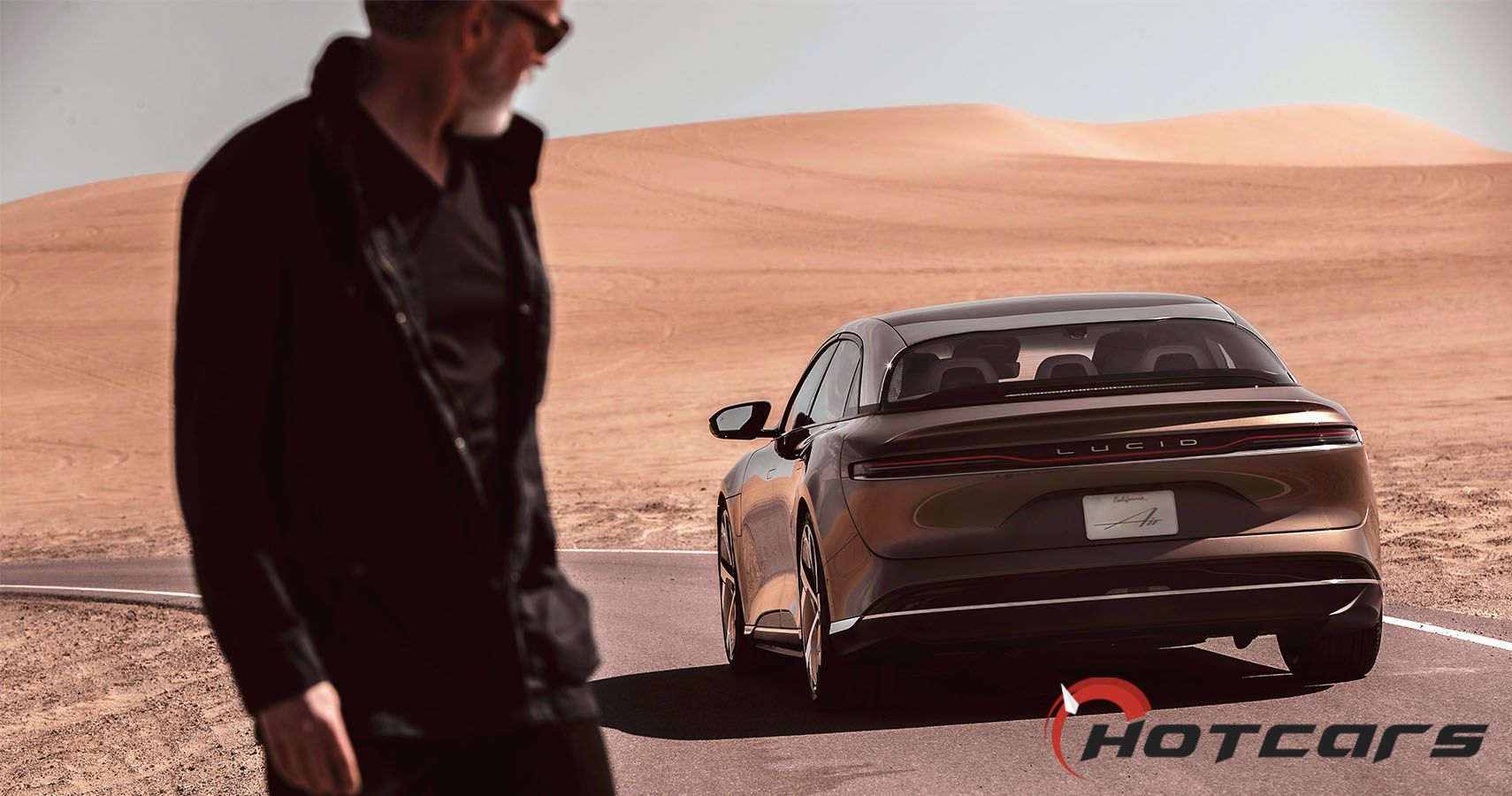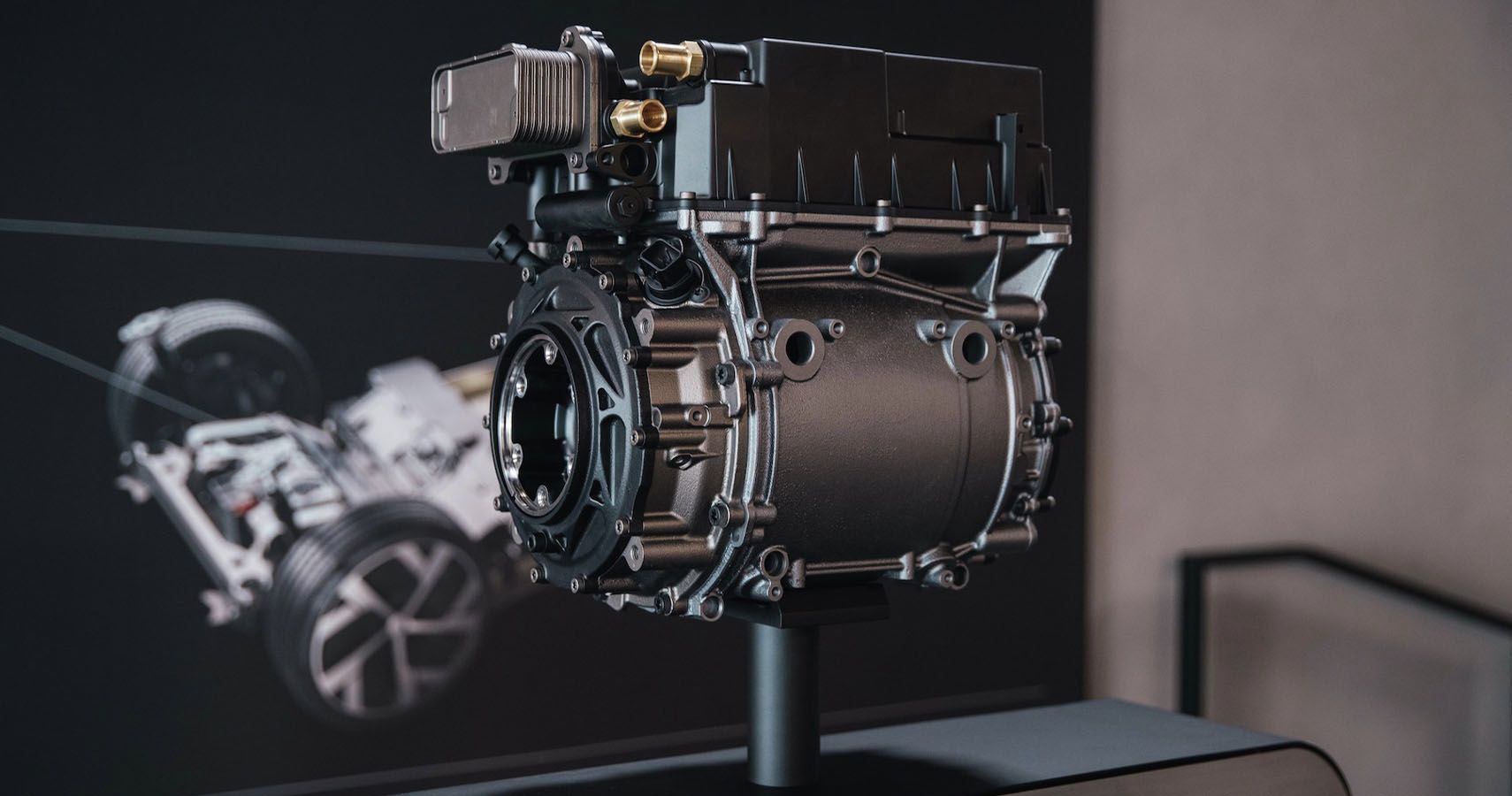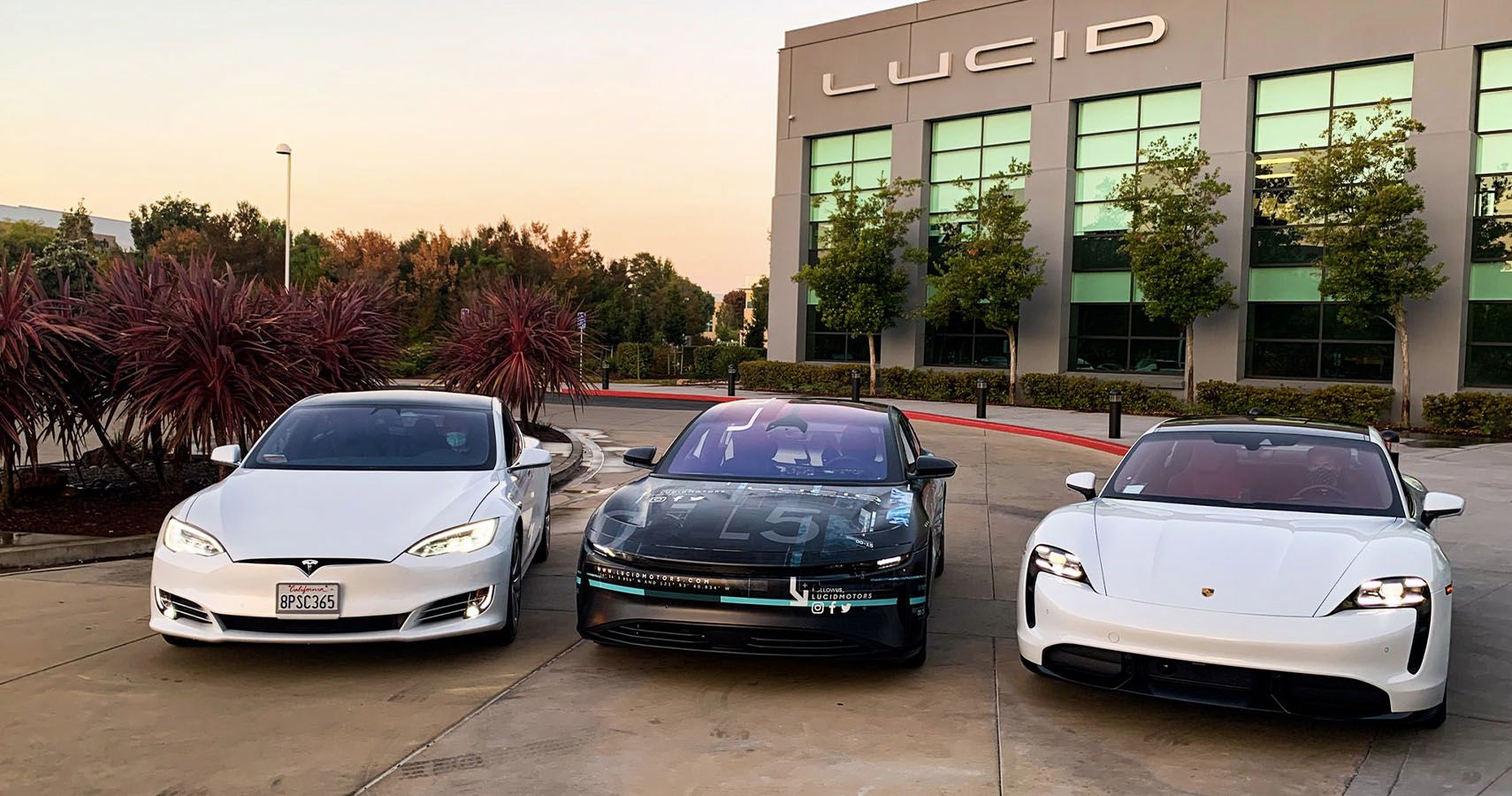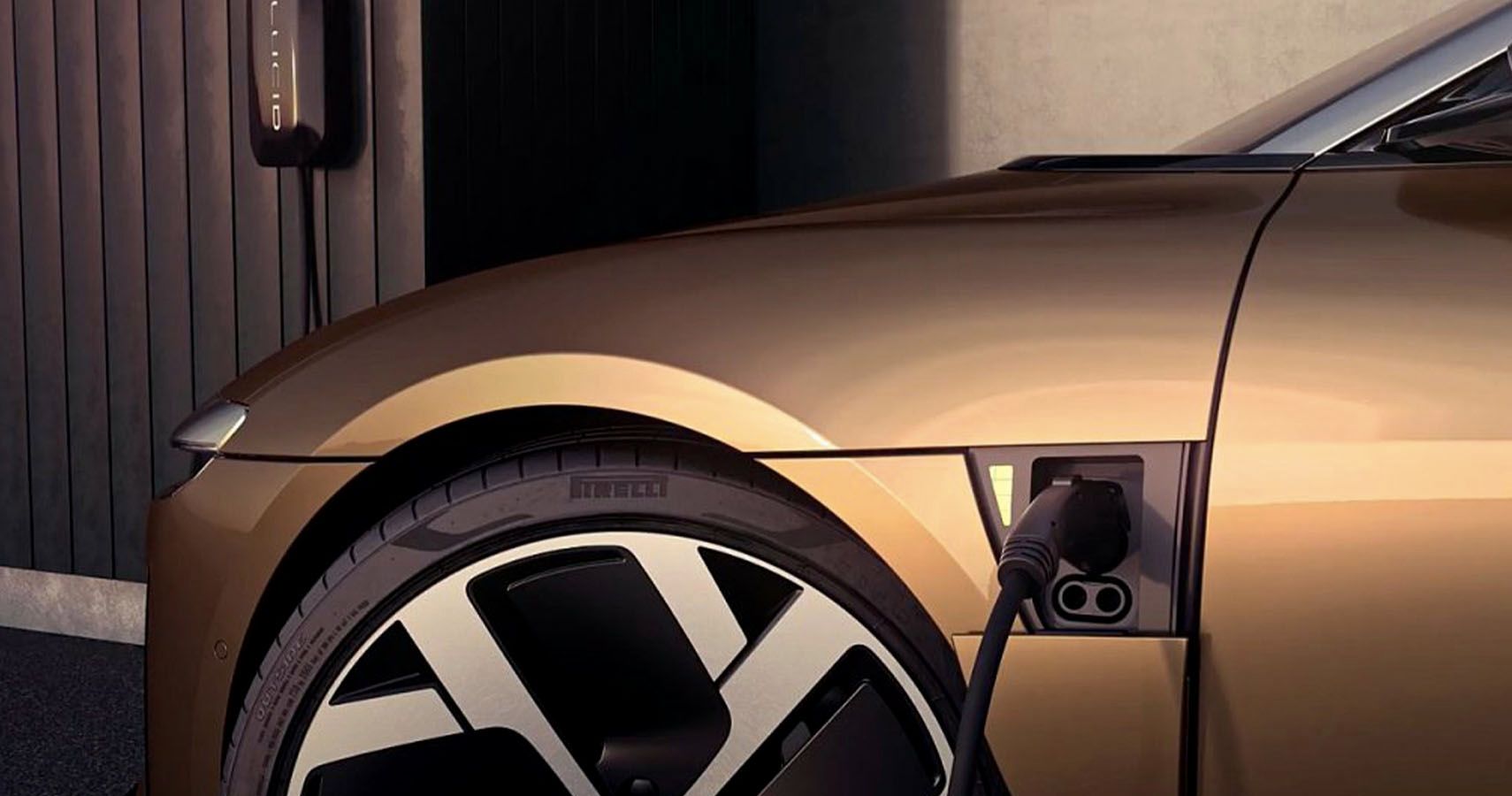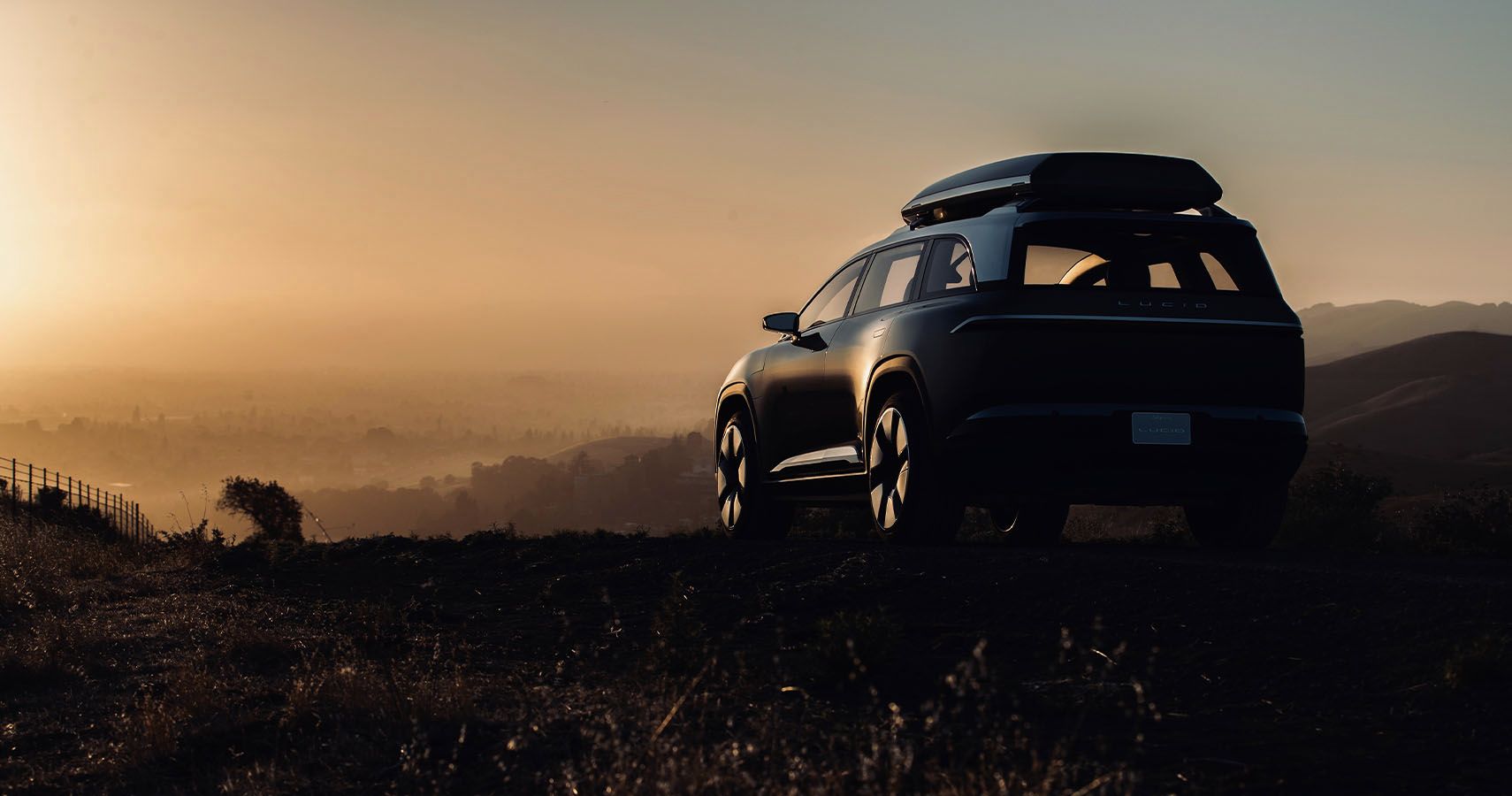This is Part 2 of my conversation with Lucid Motors VP of Design Derek Jenkins. To learn more about the design and development process that led to the forthcoming Lucid Air EV, click through to Part 1.
Having covered most of the inspiration and background that went into the Air's evolution from 2015 onward, the conversation turned to what role Lucid might play in changing the world's perspective on what a luxury sedan can be—and should be.
After all, Lucid needs to separate its electric four-door hypercar from its gasoline-powered competition, not to mention its EV rivals from Tesla and Porsche, if the company expects to achieve sales success. So how does Derek Jenkins believe Lucid's sedan can redefine a market segment so heavily dominated by established automotive conglomerates? Well, in short, by undertaking a ground-up reenvisioning of space, form, and purpose.
Electric Versus Internal Combustion
Obviously, Lucid needs the Air to set itself apart instantly from internal combustion-powered vehicles, so from the very beginning, Jenkins and Lucid Motors CEO Peter Rawlinson asked themselves, “What are we going to stand for? Are we going to be like a Rolls-Royce but electric? Are we going to be a Porsche? Or are we going to be something entirely different?”
Rawlinson, having worked as Chief Engineer on the Tesla Model S, knew that electrification provided an opportunity to rework the configurations that have long dictated internal-combustion car design—namely, the traditional layout with engine up front routing power to the wheels through a gearbox and transmission tunnel, all of which take up space. But that layout has also led to the commonplace design themes that every consumer on the planet has become attuned to recognizing.
“Peter from day one had this philosophy that we could get a lot more space inside the car relative to its external footprint," Jenkins recounted. "We were taking the position that all modern sedans on the road are really defined by their ICE packaging."
Redefining industry standards without first studying and deconstructing them wouldn't be possible—and Jenkins is well-educated on the history of both luxury sedan and modern EV designs.
"Obviously, Tesla Model S started out with a big grille type aesthetic and later on evolved away from that. But that was our focus, from day one: to really avoid all the traditional elements of luxury and luxury sport sedans and try to bring something more modern to market."
Jenkins Makes His Impact
Here’s where Jenkins’ early work on the A8 might have paid off. “If you think about the really mainstream luxury sedans like a [BMW] 5 series or an E-Class Mercedes, these are five, six generations of basically the same layout, on the same size motor, transmission, passenger compartment.”
Instead of working with that same recipe, Jenkins explained, "We had to put a clear line in the sand, in a way, and say what aesthetic elements belong to the internal-combustion era and what aesthetic elements belong to this new era of electrification. Things like this long, powerful hood, big grilles, big air intakes, big exhaust pipes to the rear of the car, angry-looking faces. All the current internal combustion aesthetics, we thought we needed to move beyond."
But what could replace the front end, which people typically see first as a car pulls up, with no air intake and no grille?
"That’s why we put all this focus on the lighting, on the light blade, we have this incredible microlens array technology which allows the very slim digital lighting. We need very little cooling on the front of the car, that’s why we have this very small opening down below.”
Leaving the irrelevancies of past ICE design behind, Jenkins believed Lucid could entirely rework the basic notion of what a car’s form can achieve. For luxury brands in the 1990s and 2000s, Jenkins felt, “It was often about tradition and brand legacy, how many times you’ve won Le Mans. And I just don’t feel like that kind of legacy is nearly as relevant these days.”
“What’s nice about electrification is that you’re able to expand the attributes beyond internal combustion. So you’re able to go much farther with performance than ever before. You’re able to give people more space without making the car much larger, give them more cargo capacity. Just the overall technical experience is next-level. Oh, and by the way, the car is zero-emissions.”
Taking On Tesla (And Porsche)
Jenkins has come to terms with the fact that the Air will forever be compared to Tesla’s Model S. On one hand, Peter Rawlinson’s involvement with and untimely departure from the Tesla brand can possibly take the blame. On the other, the Model S really only has one current competitor, Porsche’s Taycan, so any new addition to the market can only be compared to one or two other vehicles.
Beyond performance potential, Lucid has gone in a different design direction than Tesla, almost from the get-go, Jenkins told me. “We still wanted the car to be sleek and sporty and, certainly, there are some learnings from Model S that informed that.”
But size does matter, especially in terms of proportions.
“It’s not that big a car,” he explained. “It’s well under 5 meters [16.4 feet] in length. It’s about the size of an E-Class Mercedes. Or a better reference is, we’re 5 millimeters shorter than a Tesla Model S in length. It’s narrower than Tesla Model S but it’s also lower—the roof height is lower. So what you end up with is this nice, long, low, and sleek vehicle, which is inherently appealing.”
"I like some of these streamlined aesthetics, kind of goes back to this Porsche thing," Jenkins said [in Part 1, Jenkins refers to his favorite car designs of all time]. "If you think about the 356, 911, Porsche 928—I just love that car, with all the glass, it’s such a cool car, it’s so modern. When I think about Lucid Air, it is this streamlined, aircraft, it’s not based on these hard lines or facets. It’s meant to be super clean and elegant. And to me, those cars age really well.”
About Porsche's new EV, the Taycan, Jenkins won't say a bad word: “I like the car, I wouldn’t criticize it. I like modern Porsche design, as well. I could never vote against those guys, they know what they’re doing.”
Oil Money Sponsoring An Electric Vehicle?
Speaking of people who might root against an electric vehicle's design, Lucid’s majority shareholder is PIF, the sovereign wealth fund of Saudi Arabia. How, I asked Jenkins, did Lucid get hitched up with a modern-day monarchy established and sustained by the monopolization of the very fossil fuels that Lucid wants to render obsolete?
To his credit, Jenkins didn’t sidestep the question. He believes PIF had been shopping around, looking at EV startups for a while. Lucid set themselves apart, Jenkins told me, with the company’s previous work on high-performance batteries. “Our involvement in the Formula E racing series was a good proof-of-concept for our capability in energy storage with our battery technology. I’m happy to say that we very much align on this common understanding that electrification is necessary.”
As for the Saudis, Jenkins believes, “They’re very much hedging for the future, knowing that this is going to accelerate and the world will transition to sustainable and renewable energy and that electric mobility is an inevitable outcome, globally. They wanted to be part of that and it’s been a great common synergy for both of us.”
Lucid's Future Post-Air
As our time wrapped up, I asked Jenkins what he was working on now.
“Obviously, the big focus is launching Air,” he replied. “Getting it into production, making sure all our stores are open, making sure our online digital platform for customer experiences is bulletproof and working well. We’re trying to give our customers the best possible online experience and the best possible ownership experience.”
“As far as the future, we’re looking at additional derivatives. Color and material and paint variants for Lucid Air, further widening our options, looking at performance variants as well as additional luxury variants. And, naturally, we look at the Lucid Air platform and what other products could be spawned off that platform.”
The Air certainly won’t be alone in Lucid’s lineup. Just last week, Lucid teased Project Gravity, a forthcoming SUV concept that Jenkins believes will complement the Air well, both from a sales and a design perspective. Expanding Lucid’s range of products will be a little bit easier than the first car's design, Jenkins hinted, now that Lucid has actually begun what established automakers have, arguably, overdone so much over the years:
“We’ve built up a design DNA with Air that is very applicable to something that’s a little more of a utility product like the Gravity program. Or even something that’s a little more sporty. The DNA is working really well to apply across a range of products.”
Sources: lucidmotors.com, theverge.com, porsche.com, and tesla.com.

